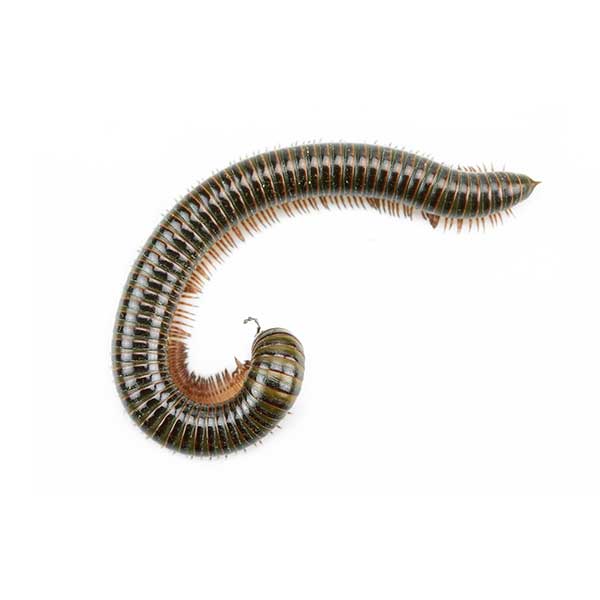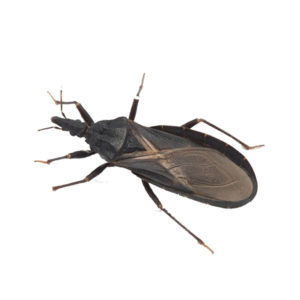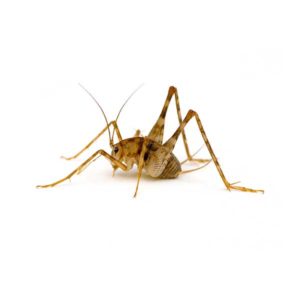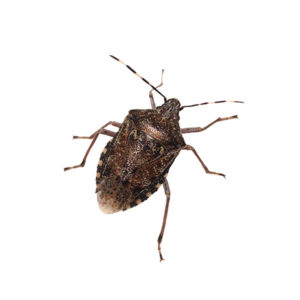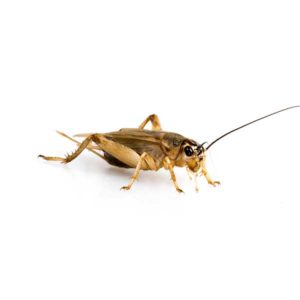Millipedes in Anaheim
Millipedes, often known as “thousand leggers,” can sometimes become household pests. Normally, they reside outdoors, where they dine on moist and rotting wood and plant materials, along with delicate roots or soft leaves on the ground. Many millipede types have glands that release a foul smell as a defense mechanism. You can find millipedes in all U.S. states, including Alaska and Hawaii, and even in Puerto Rico and the U.S. Virgin Islands.
Millipede Habitat
In the wild, millipedes are like nature’s cleanup crew, scavenging and primarily dining on decaying organic material. Every now and then, they might nibble on young plants, but they don’t usually cause much harm. Millipedes really need moisture, so they prefer to stay hidden beneath things during the day. However, when night falls, they often venture out and crawl around on sidewalks, patios, and building foundations. During certain seasons, like autumn, they may migrate into buildings in large groups.
Millipede Behaviors, Threats, or Dangers
Even though millipedes might sometimes enter buildings in big groups, you don’t have to worry about them biting, stinging, spreading diseases, or infesting your food. They’re more of an annoyance because they tend to show up in crawl spaces, damp basements, and on the first floors of ground-level structures. If you keep seeing them indoors, it usually means there’s a large population of them breeding outside on your lawn or close to the foundation under mulch, leaves, or debris. But because millipedes need a lot of moisture, they won’t last indoors for more than a few days unless there are extremely wet conditions.

